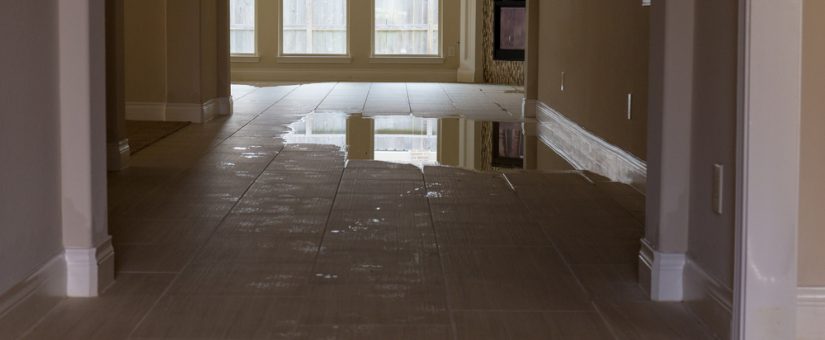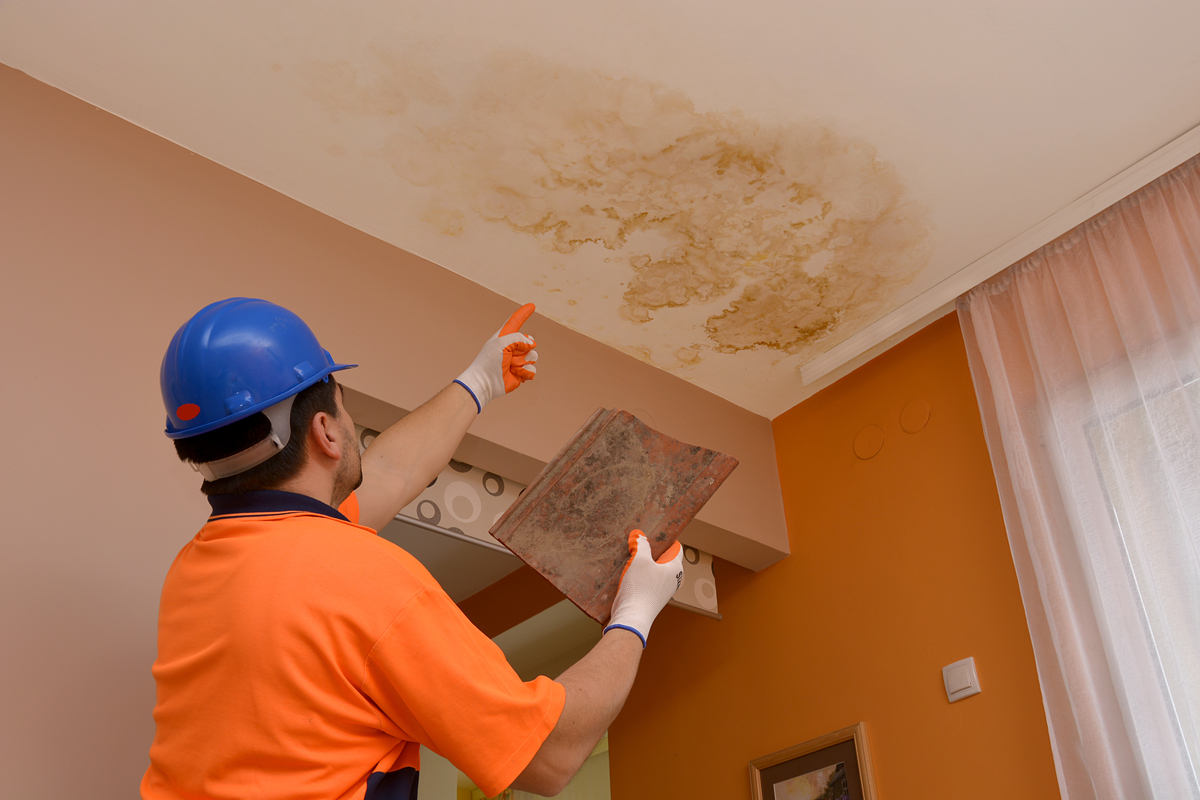Your Home's Primary Frequent Leak Triggers: Examination
Your Home's Primary Frequent Leak Triggers: Examination
Blog Article
The content which follows on the subject of Most Common Causes of Leaky Pipes is extremely insightful. Read it for yourself and figure out what you think of it.

Leakages not just cause waste of water however can also trigger unneeded damage to your residence as well as promote unwanted natural growth. However, water leakages might go undetected since the majority of the pipework in our residence is hidden. By recognizing and looking for daily situations that cause leakages, you can safeguard your house from future leakages and unneeded damages. Today, we will take a look at six leak triggers that might be causing your pipelines to drip.
Elbowing in roots
The majority of water leaks begin outside the house instead of inside it. If you observe an abrupt decrease in water stress, claim in your tap, take some time to go out and analyze your backyard. You could observe wet patches or sinkholes in your backyard, which might imply that tree origins are invading water lines triggering water to leak out. You can have your plumber look for intrusion, particularly if you have trees or hedges near your residential property.
Corroded water systems
As time passes by, your plumbing system ages and deterioration such as corrosion might begin eating away the pipes. This could be the reason for discoloration or bending on your pipes. This asks for an evaluation with your plumber promptly. If our plumbing system is old, consider replacing the pipelines considering that they go to a higher risk of deterioration than the newer designs.
Faulty Pipe Joints
Pipe joints can wear away over time, resulting in water leaks. If you have loud pipes that make ticking or banging sounds, especially when the warm water is turned on, your pipeline joints are probably under a great deal of stress.
Instant temperature changes.
Extreme temperature adjustments in our pipelines can create them to increase and also contract unexpectedly. This expansion and contraction may cause cracks in the pipelines, particularly if the temperature level are below cold.
Poor Water Connectors
At times, a leak can be brought on by loose hose pipes and pipes that supply your home appliances. Most of the time, moving is what triggers the loosened water Connections. You may discover when it comes to a cleaning maker, a pipe might spring a leakage as a result of drinking during the spin cycle. In case of a water links leakage, you may observe water running directly from the supply line or pools around your devices.
Blocked Drains
Blocked drains pipes could be aggravating as well as inconveniencing, yet they can sometimes end up creating an overflow bring about rupture pipelines. Keep removing any materials that may go down your drains pipes that can clog them to prevent such troubles.
All the above are sources of leakages however not all water leaks result from plumbing leakages; some leaks might come from roofing leakages. All leaks should be repaired promptly to prevent water damages.
Leaks not only cause waste of water however can additionally cause unneeded damages to your home and also advertise unwanted organic growth. By looking and also understanding for daily scenarios that trigger leakages, you can shield your residence from future leaks as well as unneeded damage. Today, we will look at six leakage causes that may be causing your pipelines to leak.
At times, a leak can be created by loose hose pipes and pipes that supply your appliances. In case of a water connections leakage, you may observe water running directly from the supply line or pools around your devices.
How To Check For Water Leak In Your Home
How To Check for Leaks
The average household's leaks can account for nearly 10,000 gallons of water wasted every year and ten percent of homes have leaks that waste 90 gallons or more per day. Common types of leaks found in the home are worn toilet flappers, dripping faucets, and other leaking valves. These types of leaks are often easy to fix, requiring only a few tools and hardware that can pay for themselves in water savings. Fixing easily corrected household water leaks can save homeowners about 10 percent on their water bills.
To check for leaks in your home, you first need to determine whether you're wasting water and then identify the source of the leak. Here are some tips for finding leaks:
Take a look at your water usage during a colder month, such as January or February. If a family of four exceeds 12,000 gallons per month, there are serious leaks.
Check your water meter before and after a two-hour period when no water is being used. If the meter changes at all, you probably have a leak.
Identify toilet leaks by placing a drop of food coloring in the toilet tank. If any color shows up in the bowl after 10 minutes, you have a leak. (Be sure to flush immediately after the experiment to avoid staining the tank.)
Examine faucet gaskets and pipe fittings for any water on the outside of the pipe to check for surface leaks.
Undetected water leaks can happen without the home or business owner even realizing. If you suspect a water leak, but not able to find the source. It is time to contact a professional water leak detection service, The Leak Doctor.
How To Find a Water Leak In Your Home
https://www.leakdoctor.com/blog/How-To-Check-For-Water-Leak-In-Your-Home_AE197.html

Do you like more info about Top Causes of Home Water Leaks? Make a remark below. We would be pleased to find out your opinion about this blog post. We are looking forward to see you back again soon. You should take a moment to distribute this content if you appreciated it. I am grateful for your time. Visit us again soon.
Need assistance? Call. Report this page